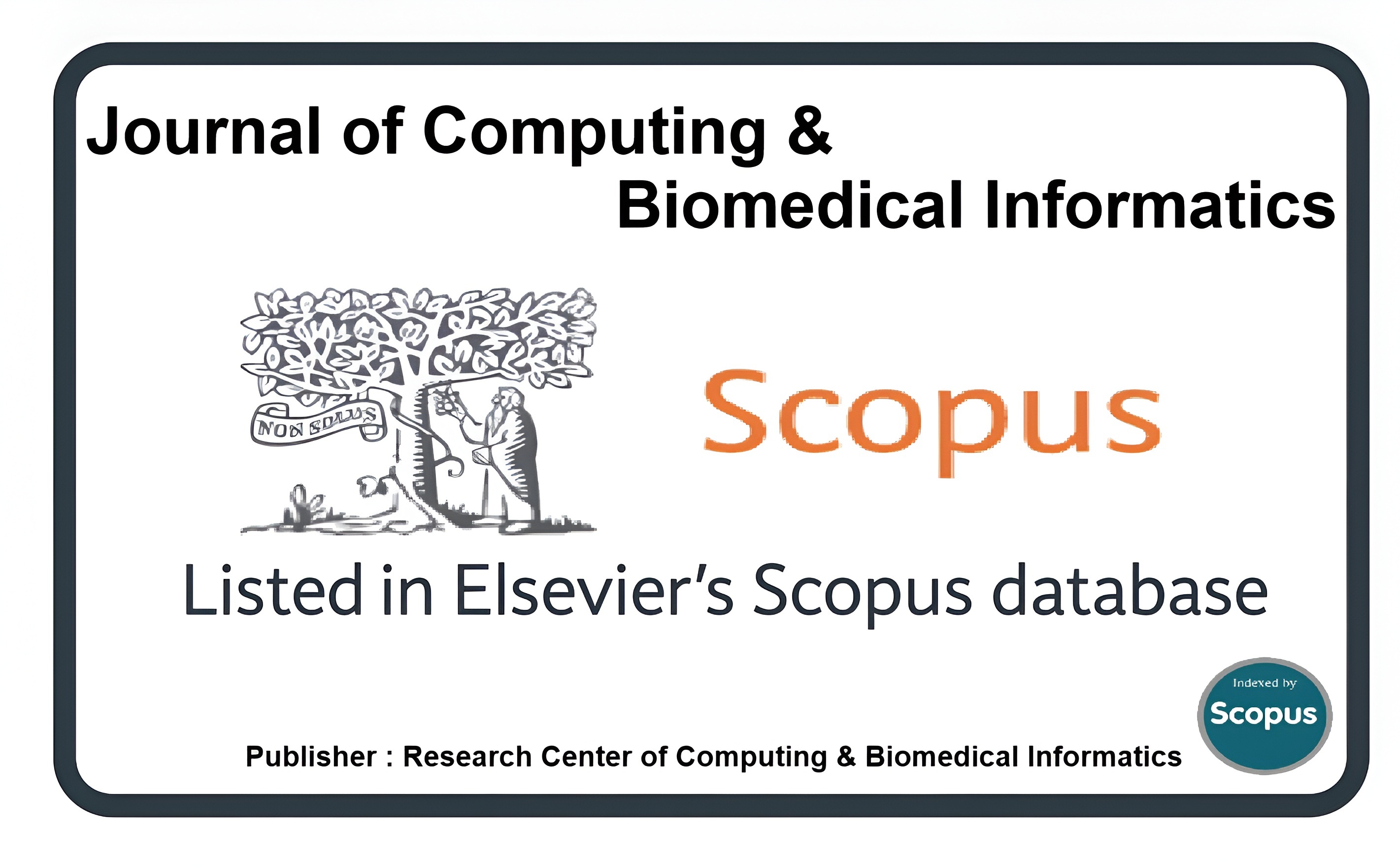Deep Learning-based Classification of COVID-19 Variants and Lung Cancer Using CT Scans
Keywords:
COVID-19, lung disease, lung cancer, deep learning, CNN, CT scansAbstract
As the pandemic continues to spread, the number of confirmed cases of coronavirus disease (COVID-19) is constantly increasing, and new variants are continually appearing. Reverse transcription-polymerase chain reaction (RT-PCR) testing is the gold standard for COVID-19 detection. A modern approach is taking shape to address these limitations by automating analysis using deep learning (DL) techniques. These approaches can achieve good diagnostic outcomes, particularly when utilizing different imaging methods such as chest X-rays, sonography, and computed tomography (CT) images. This work aims to create a multi-classification model utilizing deep learning method to classify three different types of lung cancer: adenocarcinoma (ADC), large cell carcinoma (LCC), and squamous cell adenocarcinoma (SCC), as well as COVID-19 variants such as COVID-19 delta (COD) and COVID-19 omicron (COO). This study set out to address this gap in the literature by developing a CNN-based deep learning COVID-19 and lung cancer classification network (DLCL_Net). The model was then tested on two benchmark datasets for CT scan-based COD, COO, and lung cancer classification. We used an SMOTE Tomek approach with the DLCL_Net model to deal with the minority class problem in these two datasets. We evaluate the suggested DLCL_Net model's classification performance with six baseline deep networks such as DenseNet-201 (B1), EfficientNet-B0 (B2), Inception-V3 (B3), MobileNet-V3 (B4), Vgg-16 (B5), and Vgg-19 (B6) to diagnose lung diseases. The proposed DLCL_Net model with SMOTE Tomek obtained a 99.93% AUC, along with an accuracy (ACC) of 98.92%, a recall (REC) of 98.92%, a precision (PRE) of 98.92%, and an F1-score of 98.89% in categorizing the five different types of lung diseases. While the rates of ACC for B1, B2, B3, B4, B5, and B6 are 92.40%, 94.12%, 88.78%, 95.80%, 93.85%, and 89.93%, respectively. The findings show that the DLCL_Net model with SMOTE Tomek outperforms baseline approaches (i.e., B1, B2, B3, B4, B5, and B6), hence providing great assistance to radiologists and health professionals in diagnosing lung illnesses.
Downloads
Published
How to Cite
Issue
Section
License
This is an open Access Article published by Research Center of Computing & Biomedical Informatics (RCBI), Lahore, Pakistan under CCBY 4.0 International License





